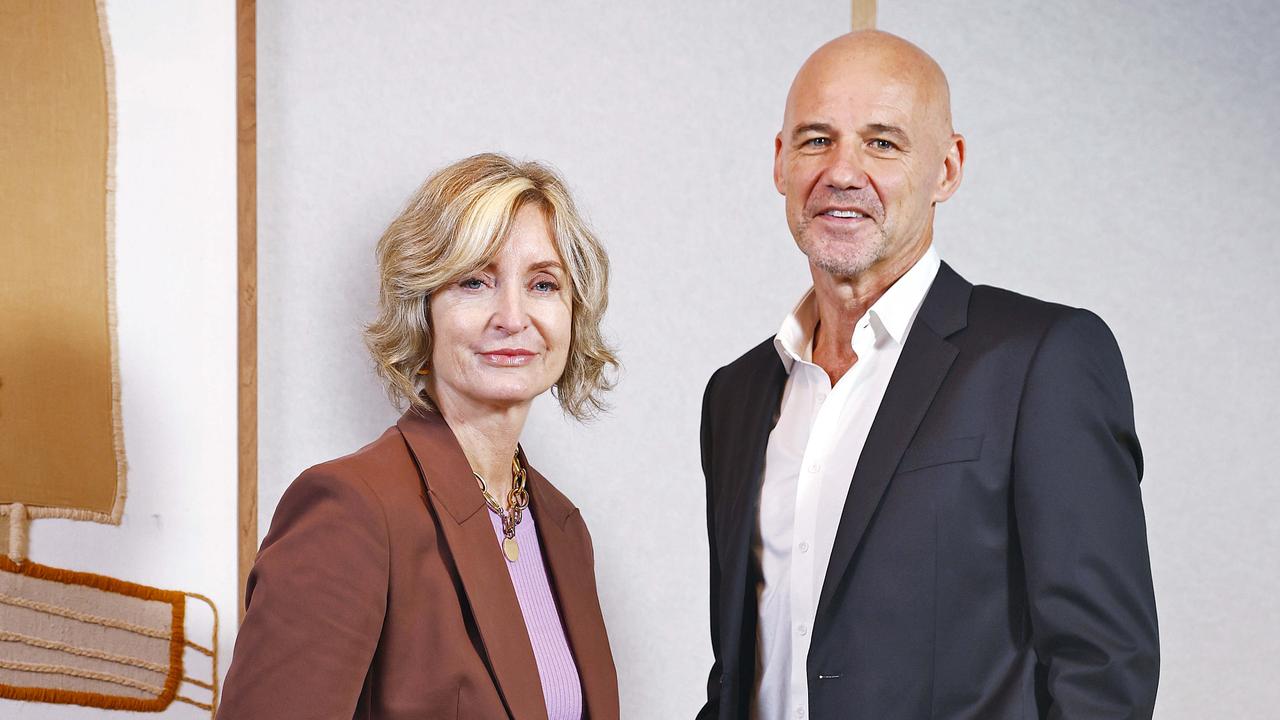I Catch Killers: Dr Tim Watson-Munro reveals his dealings with Australia’s underbelly
From killers to gangsters, bikies to corporate crooks, all were clients of Dr Tim Watson-Munro who reveals what makes them tick in Gary Jubelin’s I Catch Killers podcast.
I Catch Killers
Don't miss out on the headlines from I Catch Killers. Followed categories will be added to My News.
If you want to know what’s going on inside the mind of a crook, from the low-level petty thief to the murderous psychopath then Dr Tim Watson-Munro is your man.
After more than four decades as a criminal psychologist, Watson-Munro has assessed more than 30,000 offenders and, during a turbulent period of his life that included a $2000-a-week cocaine habit, also found himself on the wrong side of the law.
Starting out at the old Parramatta Jail during the late 70s, Watson-Munro became, and still is, one of the country’s most sought after specialists. employed by defence teams and called on as an expert witness thousands of times.
EXCLUSIVE: As a subscriber you have early access to Season 2 of I Catch Killers with Gary Jubelin. Immediately below are Parts 1 and 2 of his interview with Dr Tim Watson-Munro.
Part 1 (above): Beginning his career as a criminal psychologist at Parramatta Jail in the late 70s, Dr Tim Watson-Munro was exposed to life’s dark underbelly and had to learn fast.
Part 2 (above): From Hoddle St Massacre gunman Julian Knight to gangster Alphonse Gangitano, bikie Mick Hawi and corporate crook Alan Bond, Tim Watson-Munro has dealt with some of Australia’s most infamous criminals.
He says he is far from a bleeding heart and that prison is “very much a place of punishment” but many complex individuals end up in the system who have the capacity to develop as individuals.
The clients he represented were once a laundry list of Australia’s most infamous criminals.
These included Alphonse Gangitano, whose murder sparked the Melbourne gangland wars, slain boss of the Comanchero Mick Hawi and Hoddle Street murderer Julian Knight.
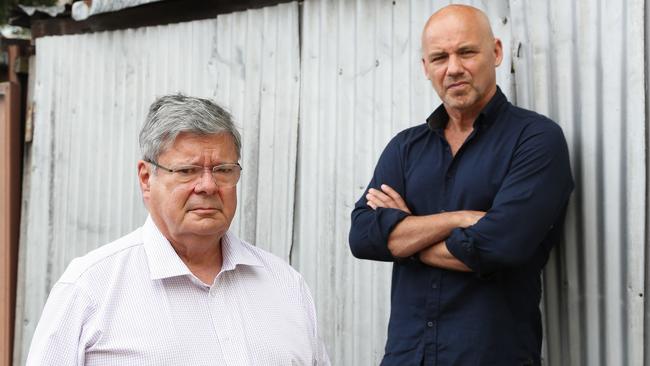
Corrupt businessman and former media scion Alan Bond was also numbered among them.
Watson-Munro opens up to Gary Jubelin in the latest episode of I Catch Killers with gripping tales about some of the most notorious individuals and institutions in Australian criminal history.
THE JAIL
Parramatta
From an upper-class background, there was no tougher initiation to the world of criminal psychology than Watson-Munro’s first role at Parramatta Gaol in 1978 under the governor, Harry Duff.
It was the home to some of the most evil prisoners in the state, ‘lifers’, intractable prisoners with no chance of rehabilitation.
“I remember the time I walked into Parramatta jail for the first time. It was the 14th of August, 1975 and I was 25. I looked about 18. I was half my current body weight and I was overpowered by the smell of Lysol and wolf-whistles from the crims who thought I was pretty cute,” Watson-Munro recalls.

“You could walk through the gate on some days and you knew something was going down. The tension was palpable.
“And the last year I worked there, which was in 81, three guys were murdered during the last six months.
“There were daily bashings, there were all sorts of things that went on, rapes and all the rest of it. So getting back to my tender age of 25, it was quite an eye opener for me.”
Duff told him that a bet was running that he’d last a month but it ended up three years. Prisoners were reluctant at first to visit him but he soon became known as the ‘psycho’ where you could get a ‘cigarette and a good cup of coffee’.
THE MASS-MURDERER
Julian Knight
As Watson-Munro’s career progressed he moved into private practice in Melbourne and was soon one of the most in-demand criminal psychologists.
In 1987 he was involved in one of the biggest cases in Australian history when employed to do a psychological report on Hoddle Street Massacre gunman Julian Knight, who had shot seven people dead and injured 19 with three high-powered rifles in Melbourne.
“I was expecting a green-headed monster. What I, in fact, found was a 19-year-old kid bewildered. He was in the hospital at the old Pentridge Jail, and he had a military background. So rather than being hostile and aggressive, because I anticipated that as well, he was very polite, almost obsequious in terms of his dealings with him.”

“It was decided that he was bad, not mad.”
If there had been an appropriate intervention when he stabbed a sergeant when he was at the Royal Military College in Duntroon, Watson-Munro believes it might have prevented the massacre.
“Back then, he didn’t express any remorse at all. A few years ago he did. He wanted to see me and we had a chat about it and he says, ‘I’m really sorry for what I’ve done.’”
“I still don’t fully comprehend it. He was angry. He was this. He was that. But there were obviously underlying drivers because we all get angry and disappointed in life, but we don’t go out and shoot dead seven people and wound 19 others and take down a police helicopter.”
THE GANGSTER
Alphonse Gangitano
After Knight’s trial work continued to roll in for Watson-Munro and, starting with Alphonse Gangitano, 25 of the 36 Melbourne gangland victims were at one stage on his books.
Gangitano’s 1998 murder in the laundry of his family home kickstarted the war. He posthumously came to national fame when Vince Colosimo played his role in the Underbelly series.
Watson-Munro says there were two sides to Gangitano, the violent criminal and also the well-read family man whose life could have gone down a completely different path.

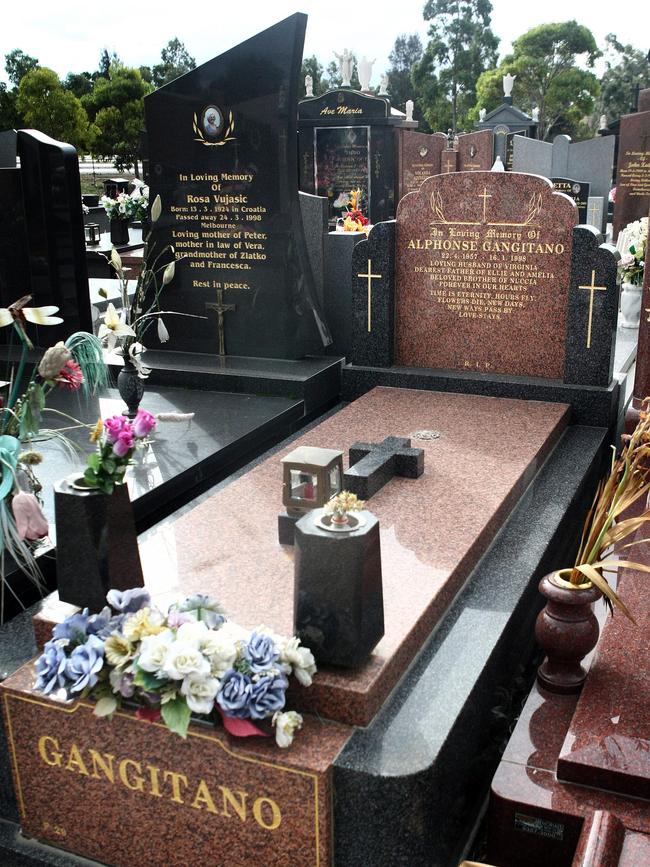
“He had a fearsome reputation, handy with his fists, very short tempered, and people were very frightened of him in certain situations. I saw another side of him. I was aware of all of that. But I saw a guy who had a partner and two lovely daughters.
“He liked Oscar Wilde. He would talk about literature. And he says, ‘You know, in another life, I wouldn’t mind being a lawyer’. He would’ve been a good one.”
“But really, it wasn’t what he wanted to do. He was obsessed with the gangster lifestyle. He used to watch gangster films, Goodfellas, The Godfather, all that stuff. And there was a strong sense of identification there.”
“Every one of those gangland victims had another side to them in terms of their story. But, you know, the overarching consideration was what they were doing in the community. When you live your life like that, you live and die by the sword.”
THE BIKIE
Mick Hawi
Watson-Munro was also brought in to assess slain Comanchero boss Mick Hawi after he had been convicted of murder in the infamous Sydney Airport brawl in 2009.
The conviction later overturned, Hawi was gunned-down in broad daylight outside a Rockdale gym.

“I saw him at Silverwater and I found him very respectful. He was an easy guy to talk to. He obviously loved the lifestyle.
“He announced with some pride that he was the youngest ever president of the Comanchero.
“He was highly charismatic, highly intelligent. He commanded loyalty.”
“He was a family man, too. And, you know, what happened to him was just an outrageous crime. Leaving a widow and kids behind.
“Nobody can endorse that sort of behaviour but it goes with the territory. So people when they join up, they know that these sorts of things are there. You know you’re dealing with crocodiles.”
THE RICH CROOK
Alan Bond
Watson-Munro was employed by Bond’s defence team and says he genuinely had issues that impacted his memory when up on fraud charges in the early 1990s.
In trying to understand what made Bond such a ruthless businessman, Watson-Munro says money was not the motivating factor.
“I thought if I ever got to meet the guy, I would ask him why he didn’t stop,” Watson-Munro tells Jubelin.
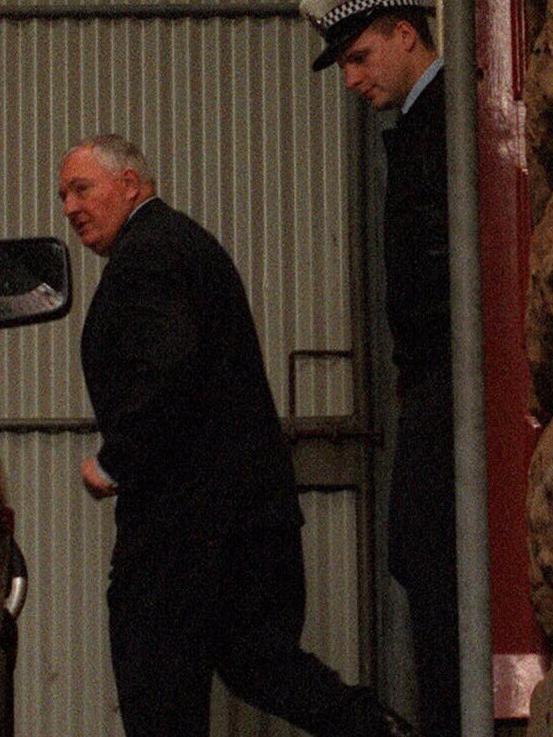
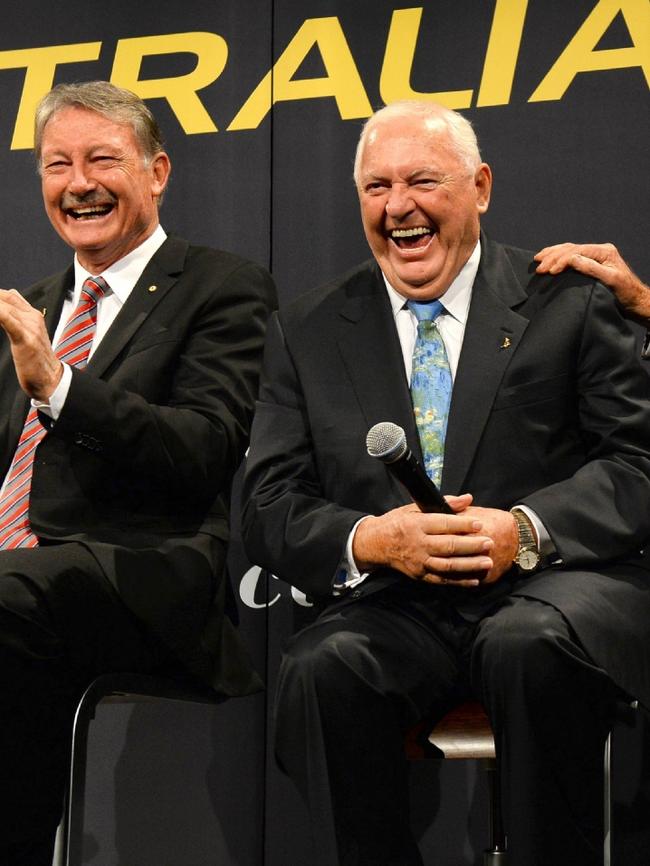
“He says, ‘You don’t understand, Tim. It was never about the money. It was the deal’ … His adrenaline, his motivator, his driver was all about doing that.
“That was the driver behind the America’s Cup, he saw it as an amazing marketing opportunity to get deals done in the US and elsewhere. And he did big deals. I mean, he bought a brewery in the US. He bought the Chilean phone company. He bought an entire village in the UK.”
A serious over-achiever who wanted global recognition Watson-Munro says he saw another side to Bond when he watched him teach inmates about banking and finance while in prison but that Bond’s ruthless streak left a trail of destruction and ruined lives.
“There’s a sort of misconception that the bad guys are only people who rob banks. Whereas I’ve seen it in business over decades that don’t always get charged with things, but they destroy lives legally.”
THE DRUG HABIT
Tim Watson-Munro
“If I’d known where that first line of cocaine was going to end up, there’s no way I’d have done it,” Watson-Munro says of his own public downfall from the heights of his profession.
His addiction, at its worst, cost him $2000 a week “give or take a hundred” he recalls as Watson-Munro’s life spiralled out of control while professionally he was still at the top of his game.
Watson-Munro’s life was in turmoil after being arrested in 1999 and struck off the following year.
I CATCH KILLERS PODCAST
Episode 1: Haunted by fatal shot – Police sniper Brett Pennell
Episode 2: World’s post in-demand policeman – Former top cop Nick Kaldas
Episode 3: Hardcore cop, novelist and Page 3 model – Karen Davis
Episode 4: Mysterious death of soldier Jake Kovco – Wayne Hayes
Episode 5: How top cop spoiled bikie party – Deb Wallace
Episode 6: How a psychopath’s mind works – Xanthe Mallett
Episode 7: Parents who never gave up – Faye and Mark Leveson
“I went from making a lot of money to earning nothing with five kids to support.”
He says at the time of his addiction he had features of post-traumatic stress brought on by the confronting work he was involved in.
“Inevitably, when you spend every day of your working life dealing with mayhem, chaos and violence, it has an impact upon you.”
“I think it was inevitable that something would happen …(But) it taught me a number of things – that I’m not invincible, I’m vulnerable and I’m human and we all have a breaking point. I learnt great humility.
Watson-Munro was eventually admitted back in the early 2000s and is once again in-demand for his expertise and the author of two books.
Originally published as I Catch Killers: Dr Tim Watson-Munro reveals his dealings with Australia’s underbelly

